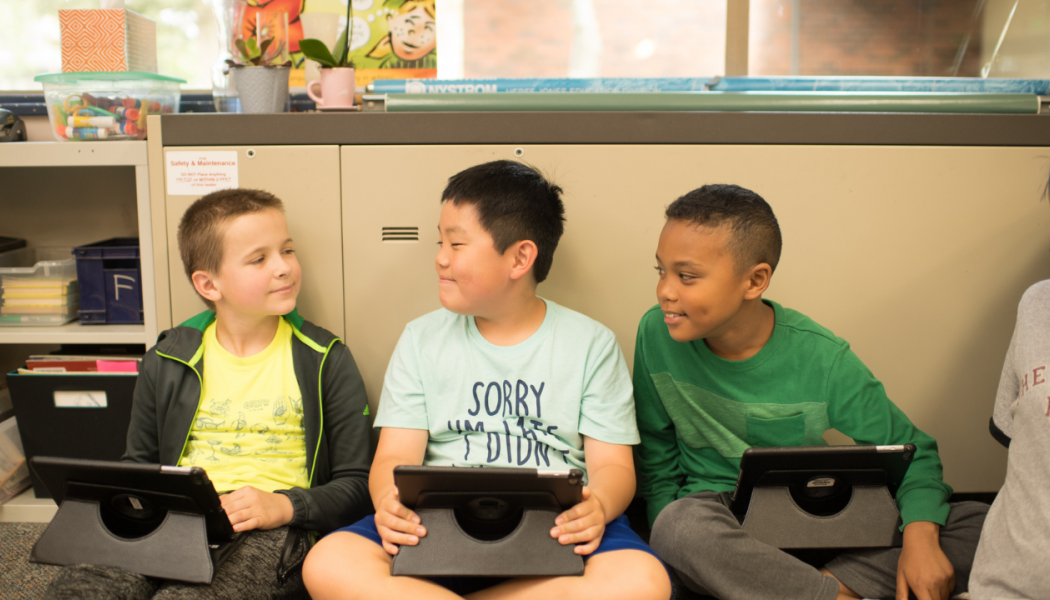Build a Positive Classroom Climate

Join Our Community
Access this resource now. Get up to three resources every month for free.
Choose from thousands of articles, lessons, guides, videos, and printables.
What is Classroom Climate?
The climate of a classroom is the overall atmosphere and feeling within the learning environment. It encompasses the emotional tone, the level of trust and respect between students and teachers, and the sense of safety and inclusiveness that students experience. A positive classroom climate is one where students feel valued, supported, and motivated to engage in learning. It’s not just about having fun or being nice; it's about creating a space where students are encouraged to take risks, ask questions, and express themselves without fear of judgment.
The classroom climate is shaped by everything from how a teacher interacts with students to the way students interact with one another. It includes the teacher's approach to discipline, the types of activities and lessons planned, and even the physical arrangement of the classroom. A positive climate is essential for effective learning because when students feel safe and supported, they are more likely to participate actively, take on challenges, and persevere through difficulties.
Five Actionable Strategies to Build a Positive Classroom Climate
Foster Strong Relationships: Building positive relationships with students is foundational to a healthy classroom climate. Take time to get to know each student individually—learn about their interests, strengths, and challenges. Regularly check in with students, offer praise and encouragement, and show genuine care for their well-being. When students feel seen and heard, they are more likely to feel secure and engaged.
Promote Inclusivity: Create an environment where every student feels they belong. This can be achieved by incorporating diverse perspectives into your lessons, celebrating different cultures, and ensuring that all students have opportunities to contribute. Establishing group norms that emphasize respect and collaboration also helps students understand that everyone's voice is valuable.
Establish Clear Expectations: Clearly communicate your expectations for behavior and academic performance from the beginning. Develop class rules collaboratively with students to give them a sense of ownership. Consistently enforce these expectations with fairness and kindness. When students understand what is expected of them and see that rules are applied consistently, they are more likely to feel secure and focused on learning.
Encourage Student Autonomy: Allow students to have a say in their learning experiences by offering choices in assignments, encouraging independent work, and giving them opportunities to lead activities. When students feel they have control over their learning, they are more likely to take responsibility and engage deeply with the material.
Create a Supportive Physical Environment: The physical setup of your classroom can significantly impact its climate. Arrange seating in a way that promotes collaboration and interaction, ensure the space is well-organized and clutter-free, and decorate with materials that reflect and celebrate the diversity and achievements of your students. A well-thought-out physical environment can make students feel more comfortable and ready to learn.
By implementing these strategies, teachers can create a classroom climate that is not only positive and welcoming but also conducive to academic and social-emotional growth. A positive climate is the foundation for a thriving classroom community where students feel empowered to succeed.





